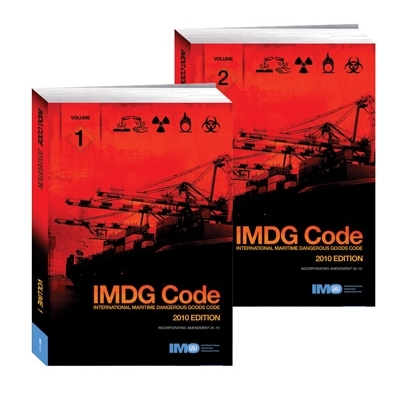
The International Maritime Dangerous Goods Code has become the standard guide to all aspects of handling dangerous goods and marine pollutants in sea transport. The Code lays down basic principles: detailed recommendations for individual substances, materials and articles, and a number of recommendations for good operational practice, including advice on terminology, packing, labelling, stowage, segregation and handling, and emergency response action. Although the information in the Code is directed primarily at the mariner, its provisions may affect a range of industries and services: manufacturers, packers, shippers, feeder services such as road and rail, and port authorities will find reliable advice on terminology, packing, labelling, classification, stowage, segregation, and emergency response action. The IMDG Code has undergone many changes over the years, in both format and content, in order to keep up with the rapid expansion of the shipping industry. Amendment 35-10 includes revisions to various sections of the Code and to transport requirements for specific substances. The two-volume Code is divided into seven parts: Volume 1 (parts 1, 2, 4, 5, 6 and 7 of the Code) contains sections on: • general provisions, definitions, training • classification • packing and tank provisions • consignment procedures • construction and testing of packagings, IBCs, large packagings, portable tanks, MEGCs and road tank vehicles • transport operations Volume 2 contains part 3 (Dangerous Goods List, special provisions and exceptions), appendices A and B (generic and N.O.S. Proper Shipping Names, and glossary of terms) and an index.